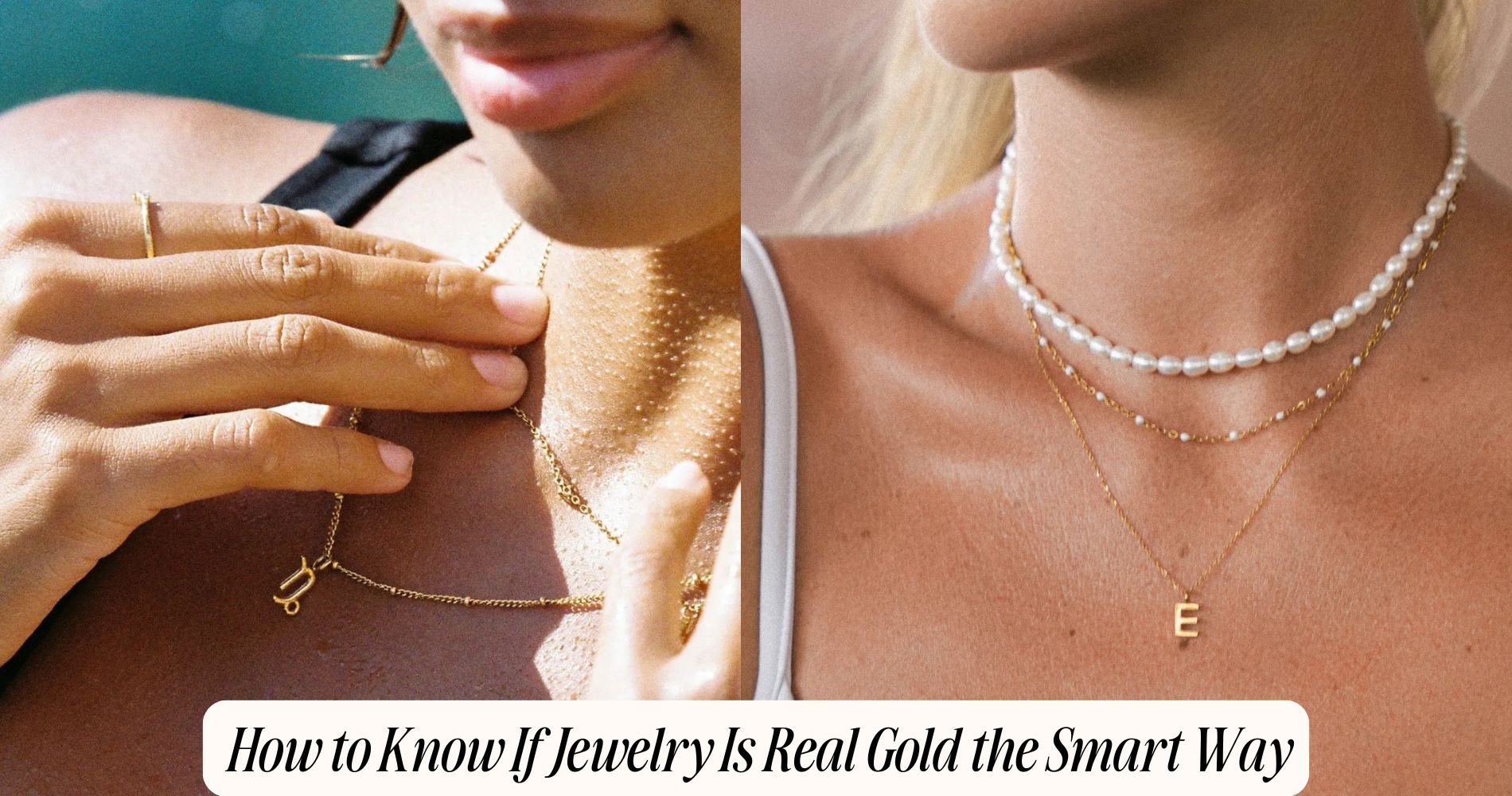
How to Know If Jewelry Is Real Gold the Smart Way
If you’re wondering how to know if jewelry is real gold, start by checking for clear hallmarks like “14K,” “18K,” or “750.” Real gold has a consistent, deep yellow shine and won’t stick to a strong magnet. You can try a ceramic scratch test—authentic gold leaves a yellow streak—and see if it sinks in water, which real gold typically does. For the most accurate results, consider acid or electronic testing, or have a professional jeweler verify it for you. You can also explore more expert tips—or browse our Thin Gold Necklace collection for genuine, timeless pieces.
Understanding Gold Hallmarks and Stamps
How can you quickly assess if a piece of jewelry is real gold? Start by locating hallmark symbols and stamps, which serve as critical indicators of gold purity. You'll typically find these marks inside a ring band, on a clasp, or near the pendant bail.
Examine the hallmark for numbers like “10K,” “14K,” “18K,” or “24K,” which represent the gold purity in karats. Alternatively, you may see three-digit stamps such as “417,” “585,” or “750,” denoting gold content in parts per thousand.
Authentic pieces often include a manufacturer’s mark alongside the gold purity hallmark. If a stamp is missing, blurred, or appears suspicious, the gold’s authenticity is questionable.
Rely on clear, standardized hallmark symbols for your initial assessment before considering further testing methods.
Examining Jewelry Color and Shine
Although gold jewelry comes in a range of hues, authentic gold typically displays a consistent, rich color and a subtle, unmistakable luster. When you examine a piece, observe the surface under neutral lighting.
Pure gold exhibits a deep yellow tone that remains uniform across the item, regardless of its design. In contrast, gold-plated or imitation pieces often reveal discoloration or fading, especially at points of frequent contact or after extensive jewelry cleaning.
Genuine gold maintains its shine and doesn't tarnish, whereas alloys or costume pieces may lose their brilliance over time.
Additionally, style matching can offer clues; authentic gold tends to complement other gold items without displaying color discrepancies.
Consistency in color and shine is a key indicator of real gold’s integrity.
The Magnet Test for Gold Authenticity
Since gold is a non-magnetic metal, the magnet test offers a straightforward method to assess authenticity. To perform this test, select a strong neodymium magnet, as standard refrigerator magnets lack sufficient magnet strength for accurate results.
Hold the magnet close to your jewelry and observe any movement. Pure gold, as well as high-purity gold alloy, shouldn't be attracted to the magnet. However, if your item contains significant amounts of ferromagnetic metals—such as iron, nickel, or cobalt—it will respond to the magnet, indicating a non-gold or low-purity gold alloy composition.
This method provides a quick preliminary assessment, but remember, some non-magnetic metals may be used in counterfeit pieces. Hence, use the magnet test in conjunction with other gold authentication techniques for conclusive results.
Performing a Simple Scratch Test
Curious about another straightforward way to assess gold authenticity? The simple scratch test offers rapid insight into gold purity by evaluating the metal’s scratch resistance.
Start by selecting an inconspicuous area on your jewelry. Use a ceramic plate or an unglazed tile and gently drag the item across the surface. Observe the mark left behind—real gold, due to its softness and high gold purity, will yield a gold-colored streak.
If the streak appears black or gray, the object likely contains other metals or is gold-plated rather than solid gold.
Don’t overlook the importance of scratch resistance. Pure gold is relatively soft, so excessive resistance or visible flaking may indicate a lower gold purity.
Always perform this test carefully to avoid damaging your jewelry unnecessarily.
Using the Float Test in Water
When evaluating gold jewelry, the float test offers a quick way to assess authenticity based on density. To perform this test, fill a clear glass with water and gently place your jewelry into it.
Genuine gold, due to its high density and gold purity, will sink immediately and rest at the bottom. If the item floats or hovers, it's likely not real gold or contains significant non-gold alloys.
Observe the water displacement as well; real gold jewelry will displace a small but noticeable volume of water, reflecting its substantial mass relative to size.
While this method doesn’t provide an exact measure of gold purity, it’s effective for ruling out lightweight fakes.
Always dry the piece thoroughly afterward to prevent potential water damage.
The Ceramic Plate Test Explained
While the float test assesses gold’s density, the ceramic plate test evaluates gold’s surface properties through abrasion. To perform this method, you’ll need an unglazed ceramic plate.
Gently drag your jewelry across the plate’s surface, applying steady, moderate pressure. Real gold will leave a clear, yellow streak, reflecting its malleable and distinct composition.
In contrast, if you observe a black or gray streak, the piece likely contains base metals, indicating it’s not genuine gold.
The ceramic plate test offers a practical approach to identifying fake gold without specialized equipment. It exploits gold’s unique physical characteristics—softness and chemical resistance—to differentiate it from common counterfeits.
Assessing Weight and Density
Because gold possesses a high density compared to most metals, evaluating the weight and density of your jewelry provides a reliable indicator of authenticity. Start by holding the item and noting its heft; genuine gold will feel notably heavier than items made from metals with lower densities.
To further analyze, measure the jewelry’s mass and volume, then calculate its density. Pure gold has a density of approximately 19.3 grams per cubic centimeter. Significant deviations from this value may indicate a different metal composition or the presence of alloy differences.
Many counterfeit pieces use alloys or base metals that mimic gold’s appearance but lack its distinct weight. By objectively assessing these physical properties, you gain valuable insight into whether your jewelry piece is likely to be real gold.
Professional Acid Testing Methods
Although visual inspection and weight analysis offer preliminary clues, professional acid testing delivers a more definitive assessment of gold authenticity.
In this method, you’ll apply a drop of nitric acid to a discreet area of the jewelry and observe the chemical reaction. Genuine gold remains unaffected, while base metals or alloys show discoloration, bubbling, or other counterfeit gold signs.
Acid test kits typically include solutions for different karat levels, allowing you to precisely match the jewelry’s composition.
This technique is especially effective for electroplating detection, as the acid penetrates thin gold layers to reveal underlying metals.
For accuracy, always clean the test area and use proper safety equipment.
Acid testing, when performed correctly, provides reliable and fast differentiation between real and imitation gold.
Evaluating Price and Seller Reputation
When evaluating gold jewelry, scrutinize both the asking price and the seller's reputation to gauge authenticity and value.
Begin by analyzing pricing strategies—compare the item's price to current gold market rates and similar pieces from reputable sources. If the price appears considerably lower, it may indicate gold-plated or counterfeit items rather than solid gold.
Examine the seller’s trustworthiness by researching their reviews, business history, and any professional certifications. Established sellers typically provide detailed product descriptions, transparent return policies, and verifiable documentation.
Avoid sellers who lack a track record or whose offers seem too advantageous. Use objective judgment to assess whether the combination of price and seller reliability supports a genuine gold claim.
This analytical approach minimizes risk and enhances your confidence in the purchase.
When to Consult a Professional Jeweler
If your preliminary tests yield ambiguous results or the piece lacks clear hallmarks, seeking a professional jeweler’s expertise guarantees accurate authentication. A trained jeweler employs advanced analytical tools, such as electronic gold testers and acid tests, to determine gold content with high precision.
You’ll benefit from their knowledge of alloy composition, solder marks, and plating techniques that can mislead untrained evaluations. During your consultation, request insights about proper jewelry cleaning methods to prevent damage to authentic gold.
If your item isn't genuine, a jeweler can also advise on gold recycling processes, ensuring you maximize value from non-gold pieces. Relying on a professional’s assessment eliminates uncertainty and protects you from misidentification, securing confidence in your gold jewelry’s authenticity and maintenance.
Frequently Asked Questions
Can Real Gold Jewelry Cause Skin Discoloration or Allergies?
You may rarely experience skin reactions or allergy symptoms from pure real gold, as it's hypoallergenic. However, alloys mixed with gold, such as nickel, can trigger allergic responses or discoloration due to metal sensitivity or corrosion.
How Should I Properly Store Real Gold Jewelry to Prevent Damage?
To optimize gold storage and tarnish prevention, you should keep real gold jewelry in soft, individual pouches or lined compartments, avoid exposure to humidity or chemicals, and periodically inspect clasps and settings for signs of mechanical or environmental stress.
Is It Safe to Clean Gold Jewelry at Home, and How?
You can safely perform DIY cleaning on gold jewelry at home. Utilize mild detergents, warm water, and a soft-bristle brush for ideal results. Guarantee home safety by avoiding harsh chemicals or abrasive materials to prevent surface degradation.
What Are Common Gold Alternatives or Lookalikes in the Market?
You’ll often encounter gold plated items, gold filled jewelry, brass, and vermeil as common gold lookalikes. These alternatives use a base metal, sometimes with a thin gold layer, offering affordability but reduced long-term durability compared to solid gold.
How Does Gold Purity Affect Its Value and Durability?
Gold purity, measured in gold karat, directly impacts both value and durability. Higher karat gold contains less gold alloy, increasing value but reducing hardness. Lower karat pieces have more alloy, enhancing strength yet decreasing intrinsic gold worth.
Conclusion
By systematically applying these methods—analyzing hallmarks, inspecting color and luster, utilizing magnetism, conducting scratch and float tests, and evaluating weight—you’ll minimize the risk of misidentifying gold jewelry. Combine these techniques with price analysis and scrutiny of seller reputation to further guarantee authenticity. When in doubt, professional acid testing or consulting a jeweler provides definitive answers. Ultimately, adopting a multi-faceted, evidence-based approach is the most reliable way to determine if your jewelry is genuine gold.














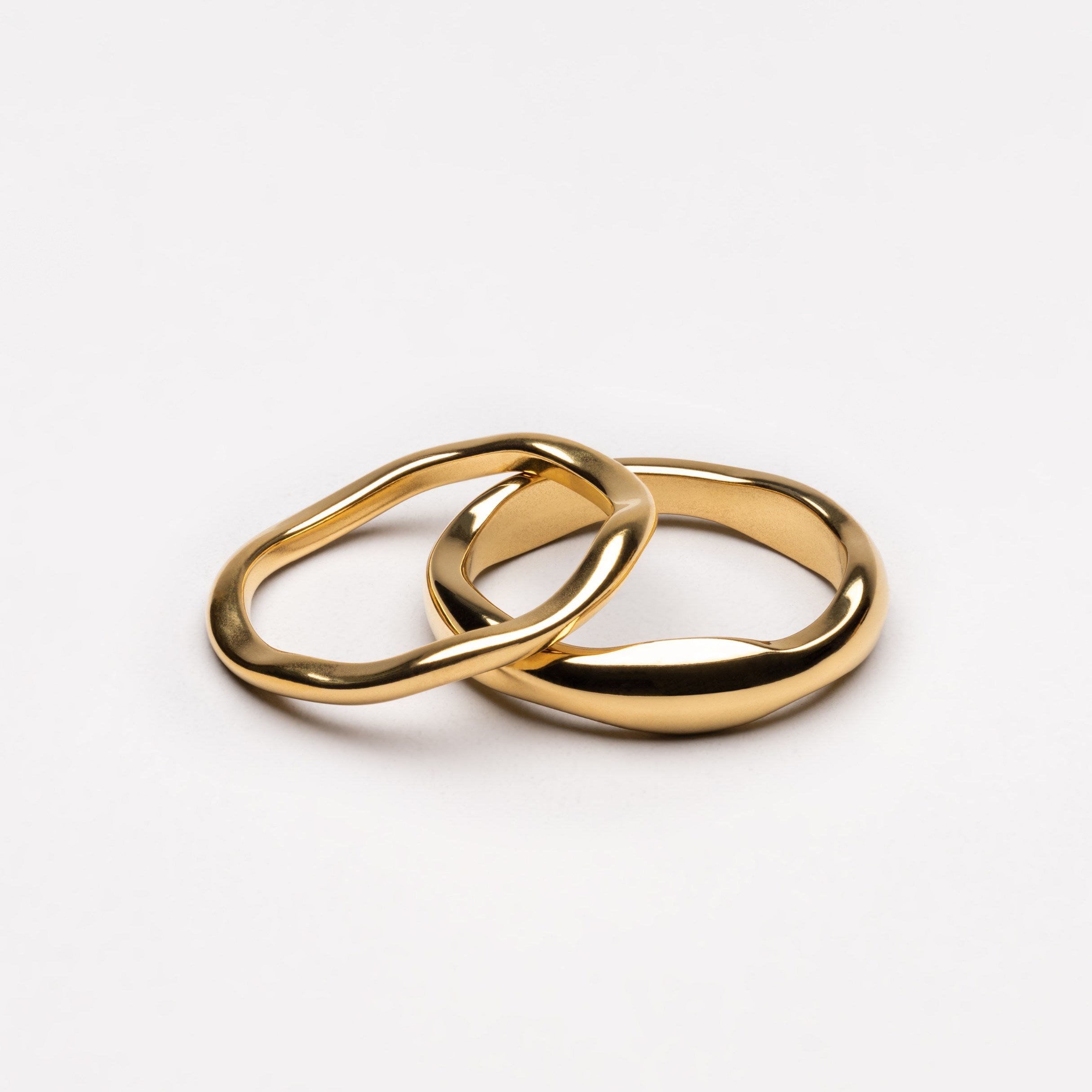
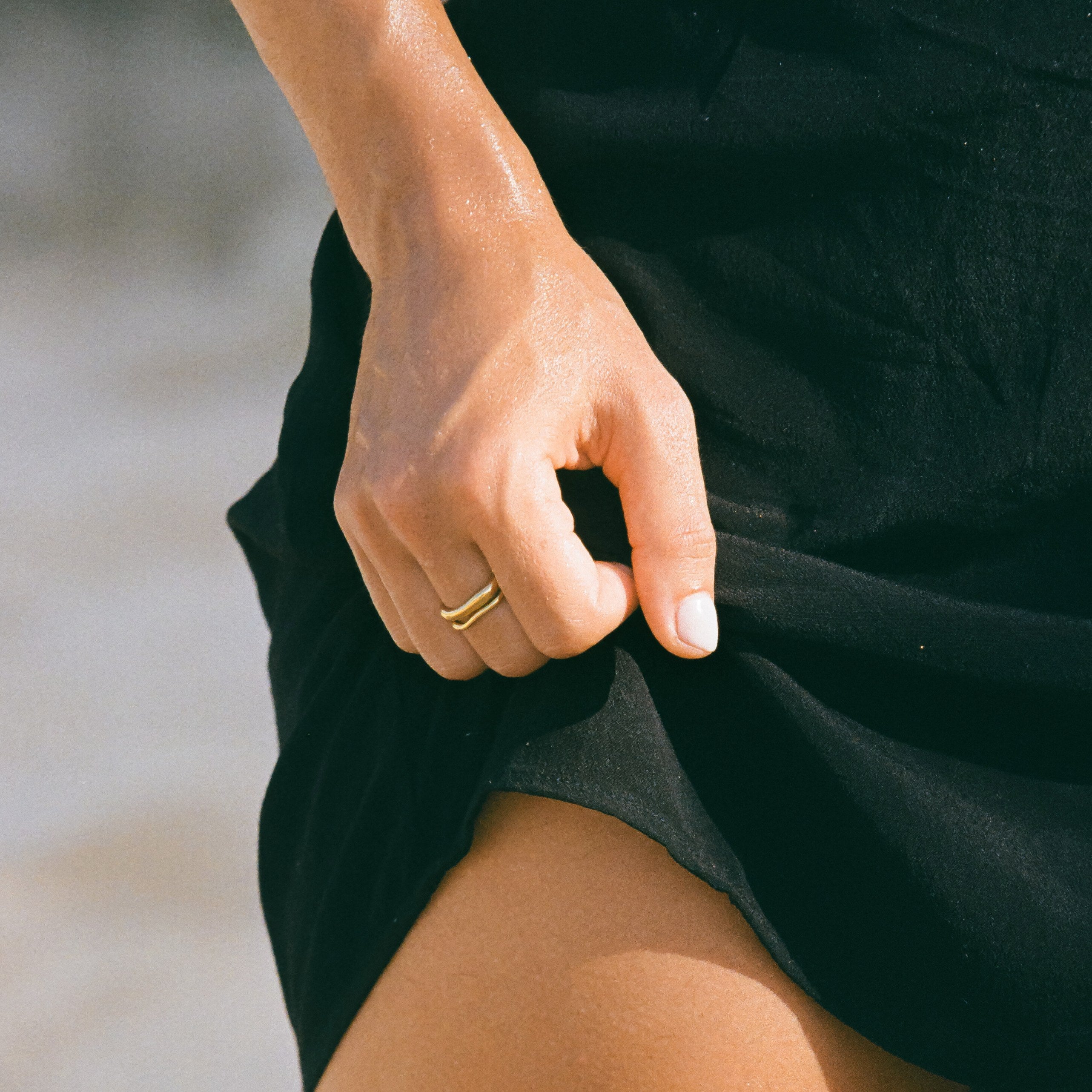

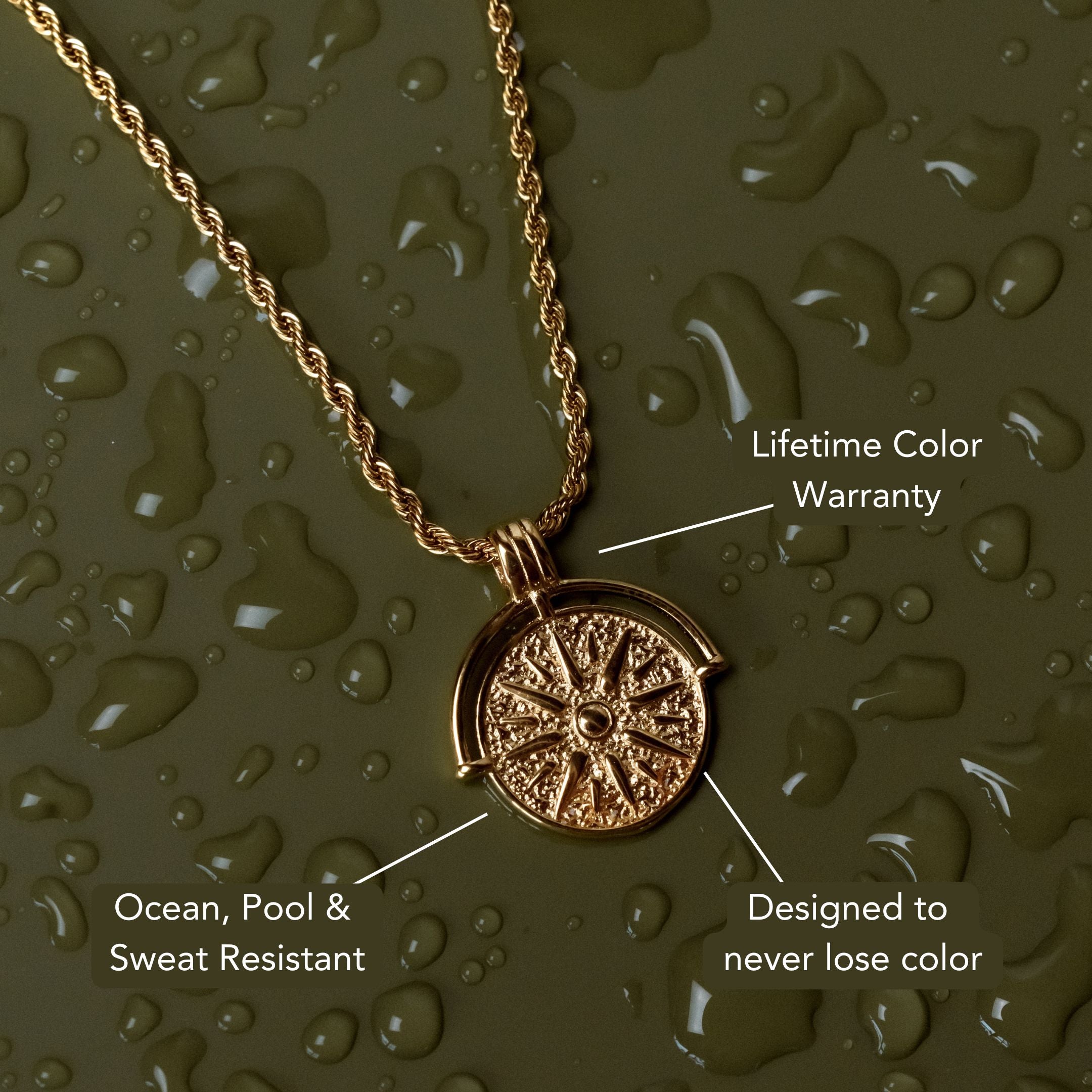
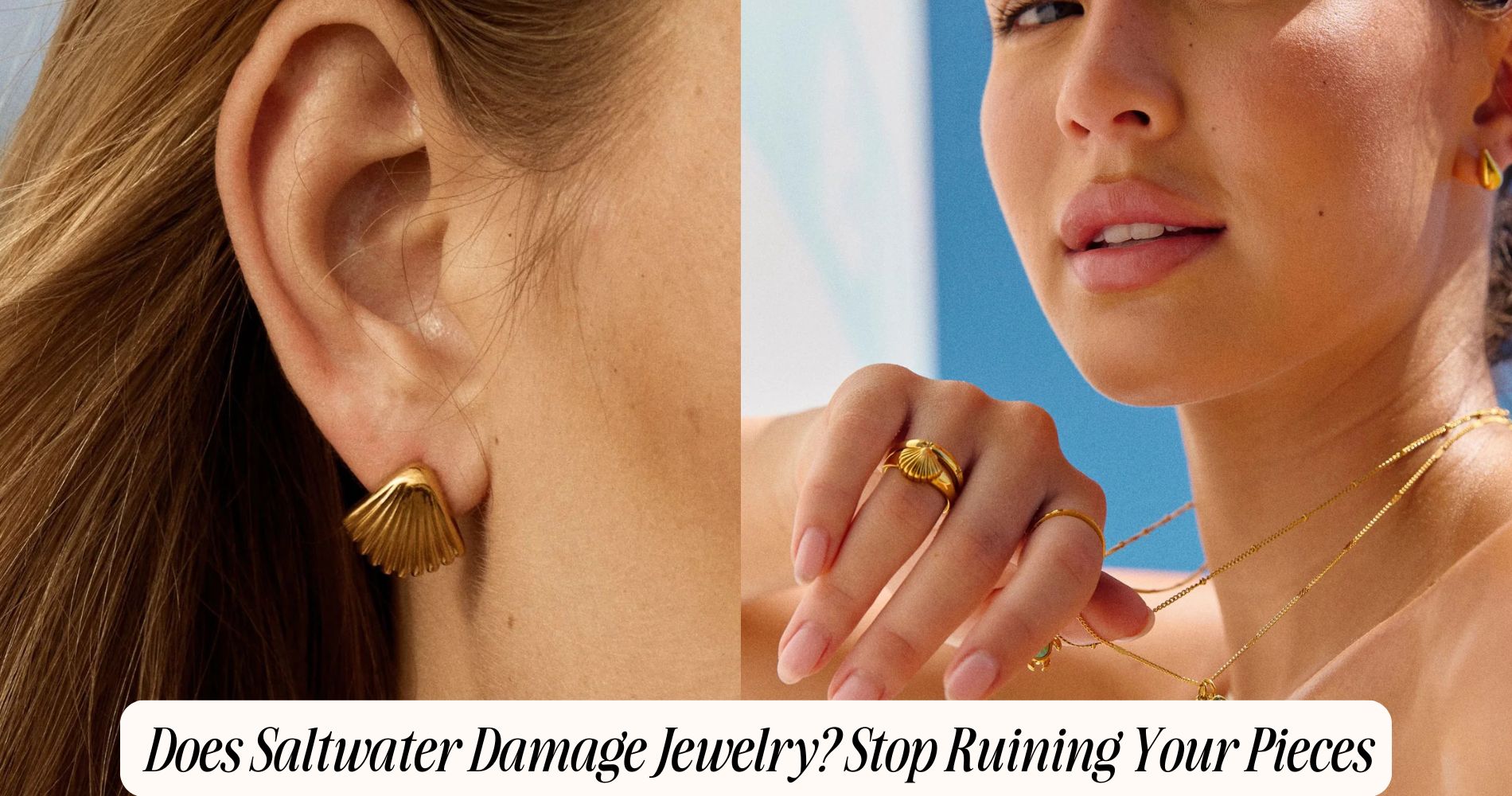





Leave a comment
This site is protected by hCaptcha and the hCaptcha Privacy Policy and Terms of Service apply.